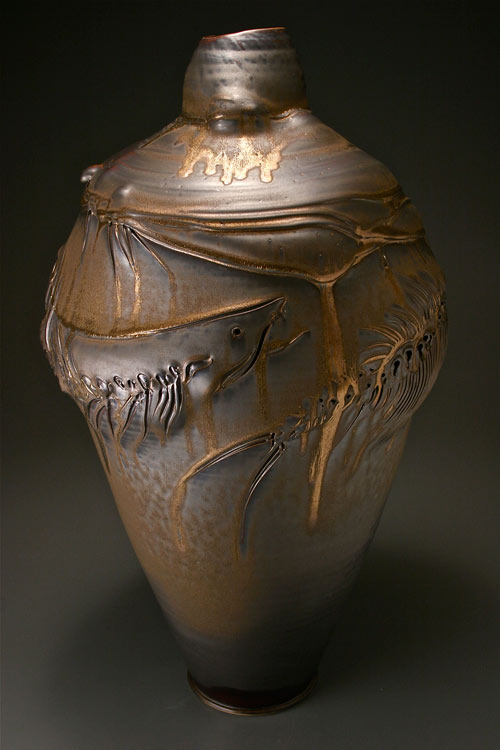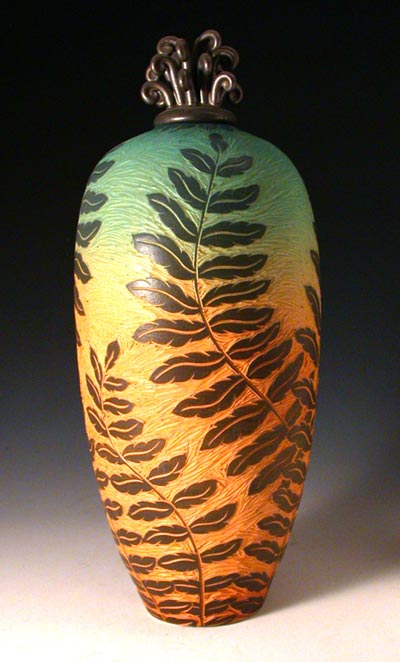Define Unity In Ceramics

The essence of the beautiful is unity in variety.
Define unity in ceramics. Unity definition the state of being one. Traditional ceramics are made of clay and other natural occurring materials while modern high tech ceramics use silicon carbide alumina. Unity and variety in art are often discussed together because ultimately an artwork must contain both unity and variety to be a successful work of art and there must be balance between the two. Ceramics sərăm ĭks materials made of nonmetallic minerals that have been permanently hardened by firing at a high temperature or objects made of such materials most ceramics resist heat and chemicals and are poor conductors of heat and electricity.
Variety harmony and unity principles of art. Unity is about separate parts working together. Unity is the principle of art that gives an artwork a feeling of oneness. Using the elements of art to direct the eye through a composition.
Using diversity to create interest. Unity can vary depending on perspectives but in general they are balanced complementary harmonious and symbiotic. Shape element of art. Quality of visual wholeness or oneness.
Used for making bricks pottery etc. Posted in composition drawing education painting permalink. Stressing or calling attention to some part of an artwork creating a focal point. Islamic decoration which tends to avoid using figurative images makes frequent use of geometric patterns which have developed over the centuries.
Some of those ways are particular to individual artist s style. A sharp difference of size shape color value or texture. Clay definition a natural earthy material that is plastic when wet consisting essentially of hydrated silicates of aluminum. Unity or harmony can also be created by merging the form and the meaning of the artwork together.
The unity definition in art is the practice of combining parts of a painting to create a unified and compositionally complete piece of art. Unity is a principle in art that refers to a set of compositional strategies used by an artist to make the parts of a painting or another work of art hang together as a whole through visual relatedness. There are numerous ways to create unity in art. The geometric designs in islamic art are often built on combinations of repeated squares and circles which may be overlapped and interlaced as can arabesques with which they are often combined to form intricate and complex patterns including.
Unity doesn t necessarily apply to an entire work of art it can also apply to an element or elements of a piece of work that could also contain other forms of expression.



















